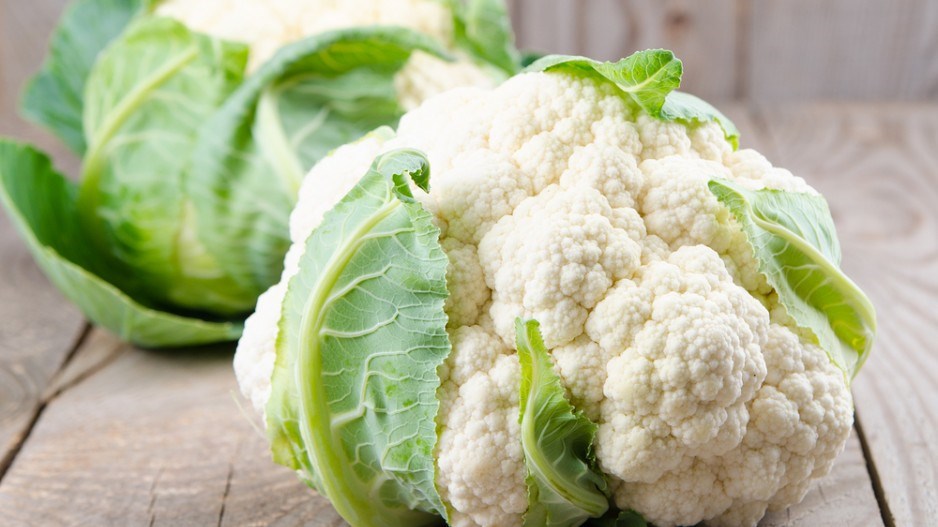Consumer prices grew 1.6%—slightly lower than analysts’ expectations—in Canada year-over-year in December after increasing 1.4% in November, Statistics Canada announced January 22.
This growth was slightly less than analysts predicted, and BMO Economics’ Douglas Porter said this is a good thing.
“There is always some debate on how to read a CPI report as ‘good’ or ‘bad,’ but given all the concern about a plunging dollar feeding into prices, a mild reading which keeps inflation close to target is ‘good’ news,” Porter said.
Food prices, up 3.7%, pushed overall inflation upward, with a 13.3% increase in the price of fresh vegetables and what Porter referred to as “the great cauliflower crisis.” Auto prices increased 3.1%, which is a three-year high. Alcohol and tobacco increased 3% and household operations, furnishings and equipment rose 1.5%.
Keeping overall CPI from increasing further, gas prices continued to slide, decreasing 3.5% in the month.
Taking gasoline out of the equation, inflation grew 1.9% year-over-year, which was the same increase seen in November.
Core CPI—which takes the eight most volatile components out of the equation including fruit, vegetables and energy—increased 1.9%.
This was “a touch below expected, rising 0.1% month-over-month [on a seasonally adjusted basis], which trimmed the annual pace to 1.9% year-over-year from 2%, the first time in more than a year that core has been below the Bank of Canada’s target [of 2%],” Porter said.
This data, combined with the stronger-than-expected November retail sales data also released January 22, led to a strengthening of the Canadian dollar relative to the greenback. As of press time, the loonie had pushed above the 70-cent mark and was trading at almost 70.7 cents U.S., up more than seven-tenths of a percent from the previous day.




